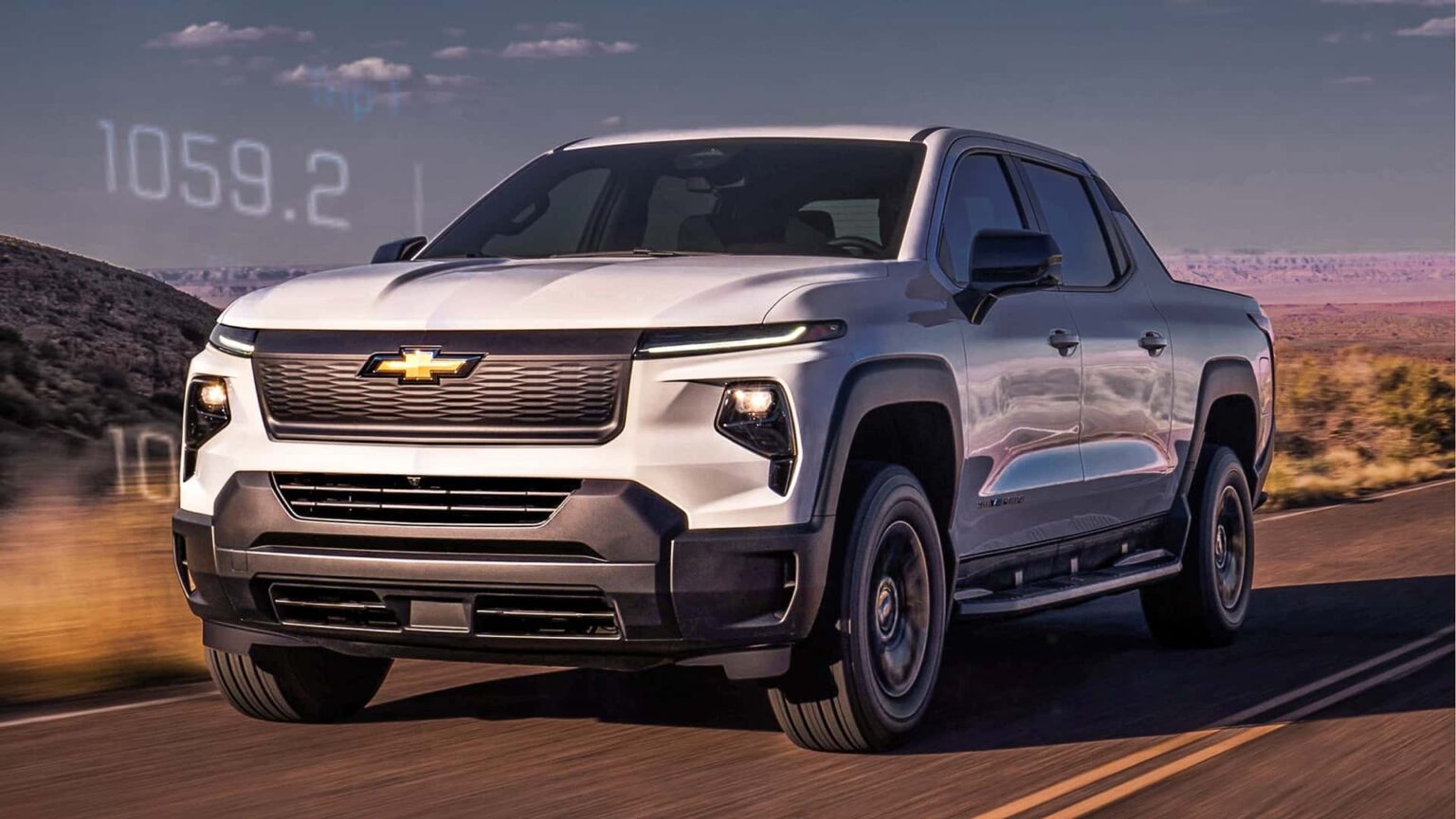Chevy just broke a range record with its electric Silverado. A team of engineers was able to drive a Silverado EV pickup 1,059.2 miles on a single charge, shattering the world record for electric road cars. The previous record, held by the Lucid Air at 749 miles, stood for less than a month.
The achievement started as a passion project for GM engineers in Michigan, according to Chevy. A group of 40 employees drove a production Silverado EV WT—the cheapest, lightest trim—on public roads surrounding the company’s Milford Proving Ground, as well as Detroit’s Belle Isle, over seven days to set the record.
Photo by: Chevrolet
The driving itself was incredibly conservative—all done at 20-25 miles per hour in the middle of the summer—to reduce drag, minimize rolling resistance, and optimize battery efficiency. While the Silverado was a production-spec truck, engineers made a handful of small tweaks to improve its chances of going further. Here’s the full list of modifications, provided by Chevrolet:
- The windshield wiper blade position was lowered to reduce drag
- Tires were inflated to their highest acceptable pressure for lower rolling resistance
- The spare tire was removed to lighten the vehicle
- The wheel alignment was optimized
- A tonneau cover was added for smooth airflow
- Climate control was turned off for the duration of the test
The truck’s hardware and software were unmodified, meaning anyone with a Silverado EV could theoretically achieve the same range, with enough determination. The EPA rates the Silverado EV WT at 493 miles of range thanks to its massive 205.0-kilowatt-hour battery pack. That means Chevy was able to achieve 214 percent of the vehicle’s expected range. That’s pretty incredible.
The sheer size of the Silverado’s battery probably had a lot to do with the result, as did the ultra-conservative driving tactics. Still, a record’s still a record, no matter how it was achieved. It’s an impressive showing for GM’s engineering prowess and proof of just how far the tech has come in just a few short years.
We suspect it won’t be long until this kind of range can be reached without having to pull too many strings or drive at a snail’s pace. Such is progress.
Read the full article here


